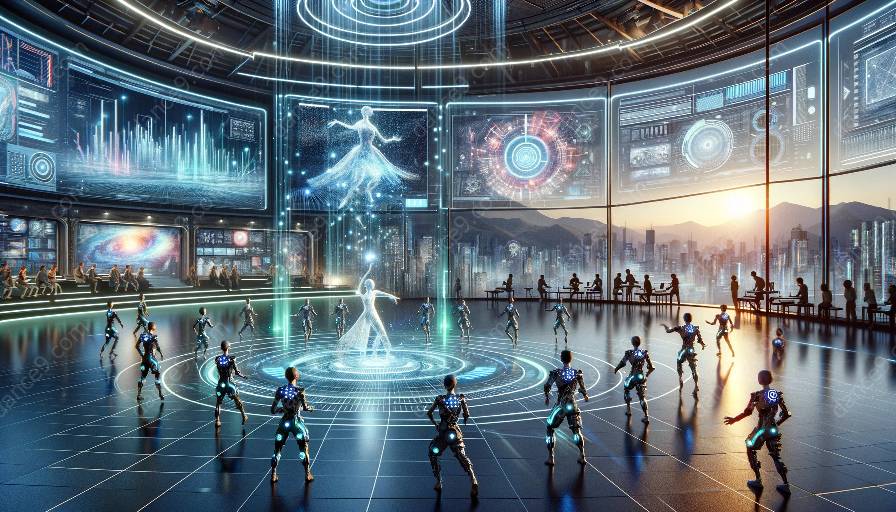Preservation of Contemporary Dance Heritage through Technology
As the world continues to evolve, technology plays a significant role in preserving the heritage of contemporary dance. Through the utilization of modern tools and techniques, the art form undergoes transformation and preservation, ensuring its legacy is accessible to future generations. This topic cluster explores the intersection of contemporary dance and technology, delving into the impact of technological advancements on the preservation of dance heritage and the innovative ways in which these two worlds converge.
The Evolution of Contemporary Dance
Contemporary dance is a fluid and dynamic art form that continues to evolve with the changing times. It represents a fusion of various movement styles, often incorporating elements of classical ballet, modern dance, and various cultural influences. The art form embraces innovation and creativity, reflecting the spirit of the modern era.
Challenges in Preserving Dance Heritage
While contemporary dance is a living and breathing art form, its heritage faces challenges in terms of preservation. Traditional methods of documentation, such as written notation and recorded performances, may not fully capture the essence of a dance piece. As a result, there is a growing need for innovative approaches to preserve the rich history and artistic expressions of contemporary dance.
Impact of Technology on Preservation
Technology has become a powerful ally in the preservation of contemporary dance heritage. Advancements in digital archiving, virtual reality, motion capture, and interactive media have revolutionized the way dance performances are documented and experienced. Through these modern tools, dance enthusiasts can access a wealth of historical and contemporary performances, gaining a deeper understanding of the art form's evolution.
Digitization of Dance Archives
One of the primary ways technology contributes to preserving contemporary dance heritage is through the digitization of dance archives. This process involves capturing and storing dance performances in digital formats, allowing for easy access and preservation. Digital archives enable researchers, choreographers, and dancers to study and analyze past performances, fostering a deeper appreciation for the art form.
Virtual Reality and Immersive Experiences
Virtual reality (VR) technology has opened new avenues for experiencing and preserving contemporary dance. Through VR platforms, individuals can immerse themselves in performances from different eras and styles, transcending geographical and temporal boundaries. This immersive approach to dance preservation offers audiences a unique opportunity to connect with the art form on a profound and visceral level.
Motion Capture and Choreographic Analysis
Advances in motion capture technology have transformed the way choreographers create and document dance movements. By utilizing motion capture systems, choreographers can precisely capture and analyze the nuances of human movement, providing valuable insights into the choreographic process. This technology not only aids in preserving choreographic works but also serves as a platform for experimentation and innovation.
Interactive Media and Educational Outreach
Technology has also facilitated educational outreach and interactive engagement in the preservation of contemporary dance heritage. Online platforms, interactive multimedia installations, and educational apps provide accessible avenues for audiences to learn about the history and significance of contemporary dance. These interactive media tools empower individuals to actively participate in the preservation and promotion of dance heritage.
Conclusion
As technology continues to advance, its role in preserving the heritage of contemporary dance becomes increasingly vital. The convergence of contemporary dance and technology offers boundless possibilities for documenting, experiencing, and celebrating the art form. By leveraging modern tools and techniques, the rich legacy of contemporary dance remains accessible and relevant, ensuring its enduring impact on the cultural landscape.




























